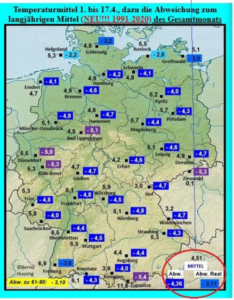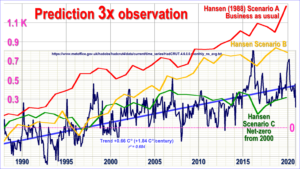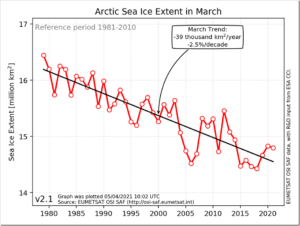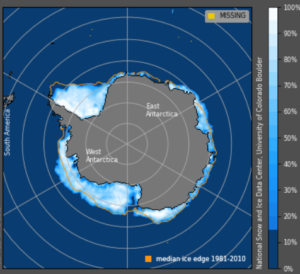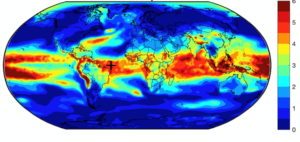by Cap Allon, Apr 28, 2021 in Electroverse
Winter is arriving early across New Zealand, particularly in the South Island where well-below average temperatures and even a dusting of out-of-season snow have set in.
A midnight snowstorm delivered a healthy dumping to the Porters Alpine Resort near Castle Hill Tuesday morning, while parts of inland Canterbury and Otago woke to freezing temperatures, down to -3.2C.
The mercury had plunged even further by Wednesday morning, as an Antarctic air mass took charge.
The conditions led to a hard, widespread frost, according to stuff.co.nz, one that stretched from the Canterbury region down to the Lakes District, and beyond.
Lows of -5.1C and -6.4C were registered at Mackenzie Basin and a MetService weather station near Twizel, respectively — also note, Twizel’s low of -6.2C is some 8.8C below the average for the time of year.
Other South Island locales to report freezing temperatures included Lauder, which dropped to -2.7C; Ranfurly with -3.1C; Alexandra with -2.3C; and Mount Cook Village, which registered -1.9C.
A few negative readings were logged in the North Island, too: a weather station near Waiouru dipped down to -0.7C early Wednesday morning.
With regards to the snow, it has for now been restricted to the highest elevations; however, Porters operations manager Blair James believes the recent cold snap –which he says has brought snow and well-below average cold for the past two weeks now– could be an early indicator of a good snowfall season to come.
The below photo was snapped at Mt. Hutt on Wednesday.
The resort, according to @SnowForecast on Twitter, had just received “more pre-season snowfall.”
…

